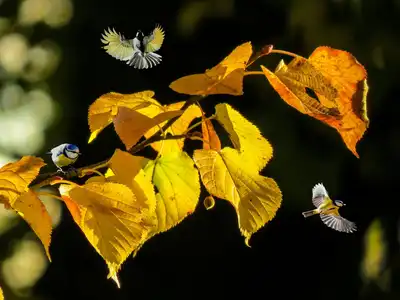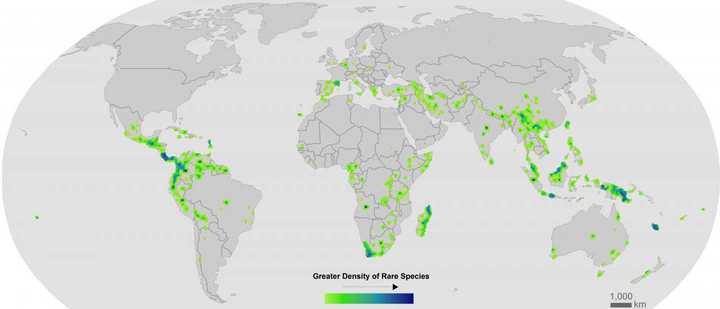
5 unique autumn things and the science behind them
Autumn brings with it many changes in the weather as well as in plant and animal behaviour. But why these changes and what is the science behind them?

Over the last decade, researchers from around the world collected and analysed observational records on land plants. This revealed that there were nearly 435,000 unique species of land plants on Earth. Of these, a staggering 36.5% of species were found to be “exceedingly rare” (Enquist et al., 2019) (observed less than 5 times). These rare plants were also found to be clustering in only a few regions on Earth. These regions turned out to be relatively more climate stable regions such as the Northern Andes in South America, Costa Rica, South Africa, Madagascar and Southeast Asia.

Researchers discovered that Earth’s rare plant species are clustered in relatively more climate stable regions such as the Northern Andes in South America, Costa Rica, South Africa, Madagascar and Southeast Asia. Credit: Patrick R. Roehrdanz, Moore Center for Science, Conservation International. Data from Enqist et al.
Researchers hypothesise that these rare plant species could persist because of climate stability over the past few millennia. However, excessive human activity in these regions is accelerating climate change and this could affect the survival of rare species. Low numbers of these rare species make them more susceptible to even small changes in their environment.
Researchers consider these discoveries very important. According to one of the author of the paper, “this work is better able to highlight the dual threats of climate change and human impact on the regions that harbour much of the world’s rare plant species and emphasises the need for strategic conservation to protect these cradles of biodiversity.” Indeed, small fluctuations could have drastic consequences in a relatively small amount of time.